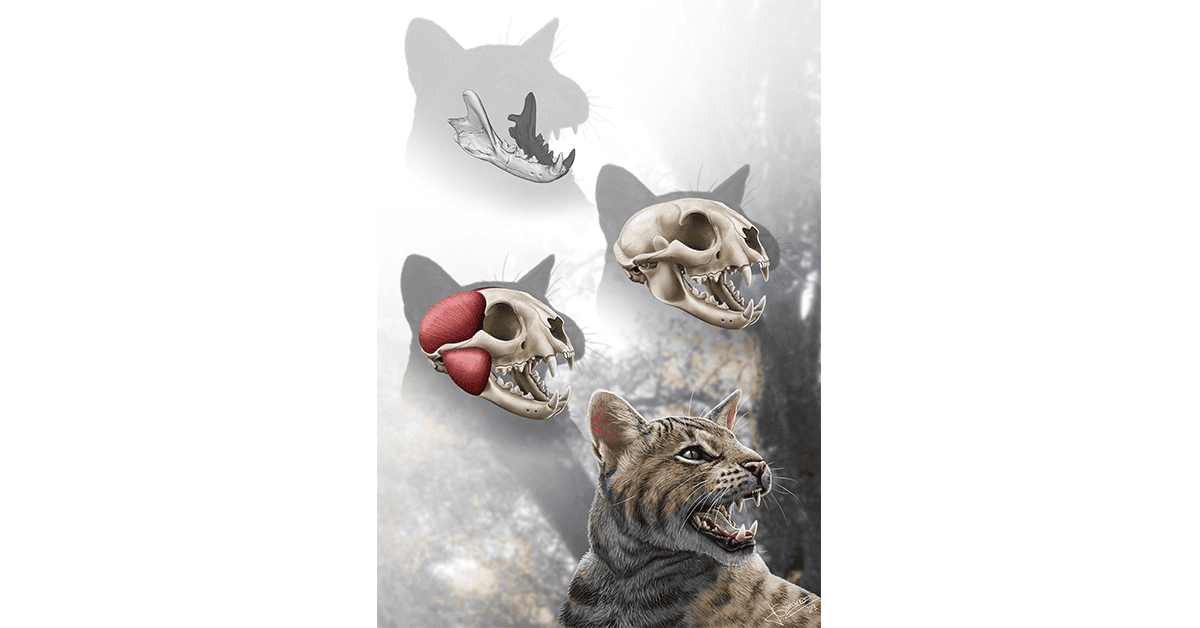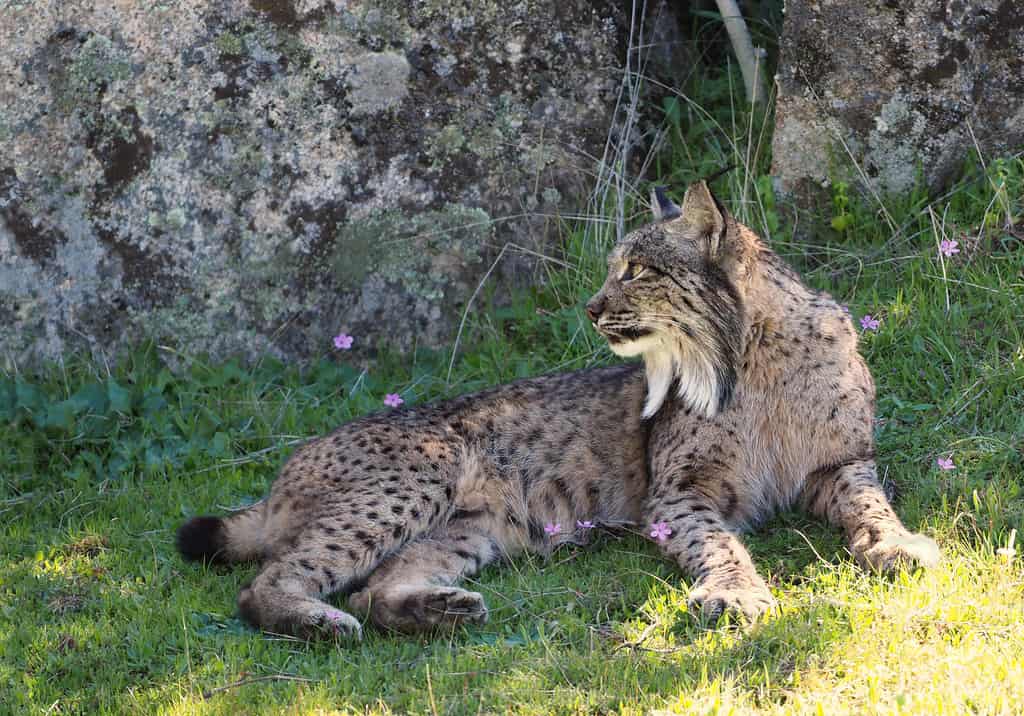
In the bustling urban landscape of Madrid, of all places, paleontologists from the Museo Nacional de Ciencias Naturales-CSIC have unearthed a remarkable piece of natural history. A partial jaw, discovered in this unexpected location, has led to the identification of a new genus and species of medium-sized feline, named Magerifelis peignei. This discovery bridges a gap in the evolutionary story of felines, dating back to the Middle Miocene epoch, approximately 15.5 million years ago.
A new cat ancestor
Magerifelis peignei belonged to the subfamily Felinae, a group known for small cats capable of purring due to a unique bony structure in their throat. This ancient feline, a relative of modern-day species such as the African golden cat and the Iberian lynx, provides insight into the evolution of these beloved creatures.
The remarkably well-preserved fossil, found in 2007 at the Príncipe Pío-2 site, offers a rare glimpse into the past. The complete hemimandible (one half of the mandible, or lower jawbone) and nearly all of its teeth were intact, missing only the incisors. This level of preservation is extremely rare in paleontology, allowing for detailed paleoecological inferences about this new species.
Dr. Gema Siliceo, a key member of the discovery team, expressed amazement at the condition of the jaw and teeth.
“We recovered a practically complete jaw that preserved almost all of its teeth in exceptional condition,” Dr. Siliceo said.
One particular feature stood out — a tiny lower second molar, a tooth absent in all living and fossil felids, except for Proailurus (25-30 million years ago). This unique dental structure suggests a distinct evolutionary path for Magerifelis peignei.
With an estimated body mass of 7.61 kg (16.7 pounds), Magerifelis peignei falls within the size range of some contemporary felines, such as the bobcat, serval, and caracal. However, the robustness of its jaw and dentition set it apart, hinting at a stronger bite force and the ability to hunt relatively larger prey compared to its modern counterparts. Like Iberian lynxes, Magerifelis peignei probably hunted prey by first biting the throat.

“Nevertheless, if the mandibles of these species are shown at the same mandibular length for better comparison, the dentition of the new species is clearly smaller than those of these latter species, and thus, the specimen has a more robust appearance, with a relatively higher mandibular corpus, very similar to that of the much larger Lynx lynx,” Siliceo said.
The discovery of Magerifelis peignei in Madrid’s urban heart provides a unique window into the evolutionary journey of felines, revealing a previously unknown link in their lineage. As researchers continue to study this fascinating species (and others), the story of feline evolution becomes ever more intricate and captivating.
The findings appeared in the Journal of Vertebrate Paleontology.









